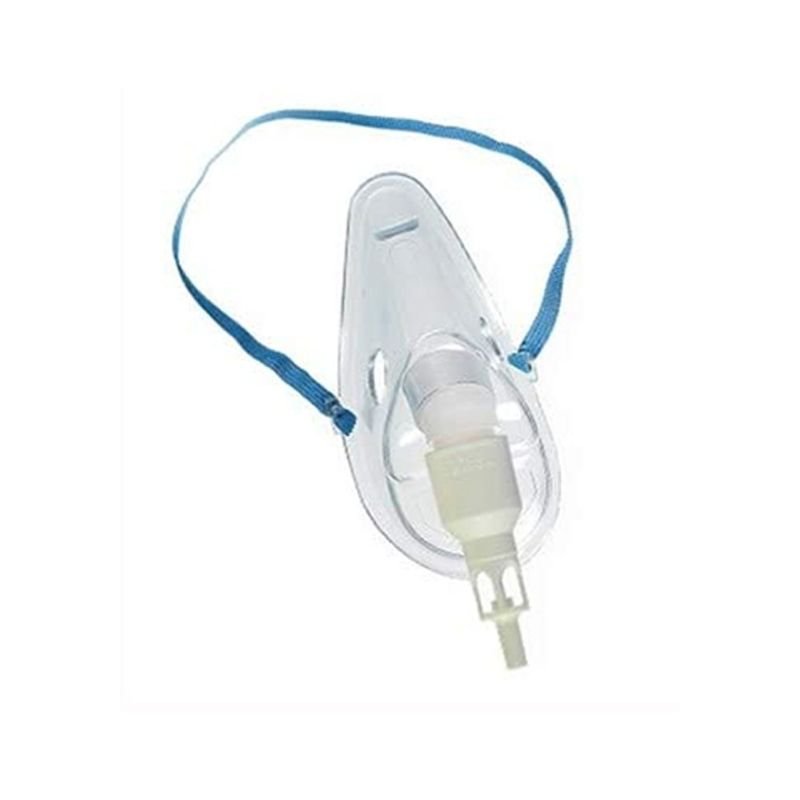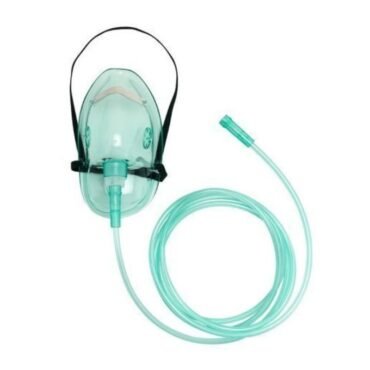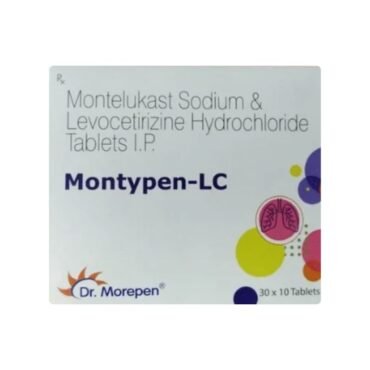Single Dial Venturi Mask Rizochem Pharmaceutical
Trade Name:–Anaesthesia & Respiratory care
What is the purpose of a Single Dial Venturi Mask?
Single Dial Venturi Mask Background To give controlled amounts of oxygen in the medical context, venturi masks are frequently utilised. For people who are susceptible to hypercapnic respiratory failure and to precisely gauge ventilation and gas exchange, this is crucial.
What distinguishes an oxygen mask from a Single Dial Venturi Mask?
The “Venturi” or air-entrainment system is one of the typical face masks for oxygen delivery that is frequently employed (1). The Venturi mask can give precise oxygen concentrations (FiO2), although doing so demands relatively high oxygen flow rates.
What makes it a Venturis masks?
- Campbell implemented Venturi’s idea into the oxygen delivery facemask, and it was called after the Italian physicist Giovanni Battista Venturi,
- who described the principal of higher velocity of a gas resulting in reduced pressures.
What distinguishes a Venturi mask from a basic mask?
Low levels of oxygen are often delivered using nasal cannulas and straightforward face masks. The Venturi mask is another form of mask that provides more oxygen. High doses of oxygen are occasionally also delivered by nasal cannulas.
With a Venturi mask, how much oxygen can be delivered?
A high flow device that offers a constant oxygen concentration of 24% to 50% is called a venturi or air-entrainment mask. Patients who need supplementary oxygen but also have a hypoxic drive to breathe, such as those with chronic obstructive pulmonary disease, can benefit from using this device (COPD).
Venturi mask flows at a high or low rate.
At the point when unadulterated oxygen is taken care of through a little opening in a low-stream cover, the Bernoulli standard is utilized to entrain room air, making an enormous complete stream with unsurprising Fio2.
A venturi mask has how many litres?
The overall flow drops as the ratio falls because venturi mask jets typically limit oxygen flow to 12 to 15 litres per minute.
What is the most oxygen that a patient can receive?
The maximum amount of additional oxygen that may be efficiently delivered using a conventional nasal cannula is 4 to 6 litres per minute. This corresponds to a FiO2 of between 0.37 and 0.45.
We are a Global Wholesaler what’s Also, I’m an Indian exporter that works more than five countries, including the UAE, Saudi Arabia, Oman, Qatar, and Myanmar.I acknowledge briefly that you’re searching for another product or brand, click here.







